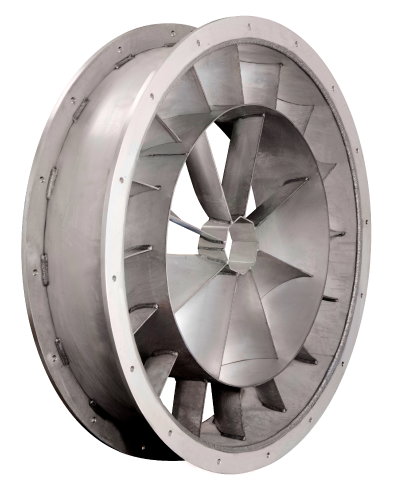
The patented Gas Blender® static mixer is used on a wide variety of industrial processes: from improving the effectiveness of pollution control equipment to controlling tight temperature profiles for drying tissue paper, and more. The mixers’ high-performance capabilities at low pressure drop make it an excellent solution for many applications in which particle dispersion/concentration, temperature mixing, or evening out velocity profiles are critical to process performance. In many applications, the Gas Blender is customized to meet specific performance requirements, and is often integrated with other system components (e.g, injection equipment). In addition, Blender’s engineering and advanced analysis capabilities allow us to support the customer’s process-design team.